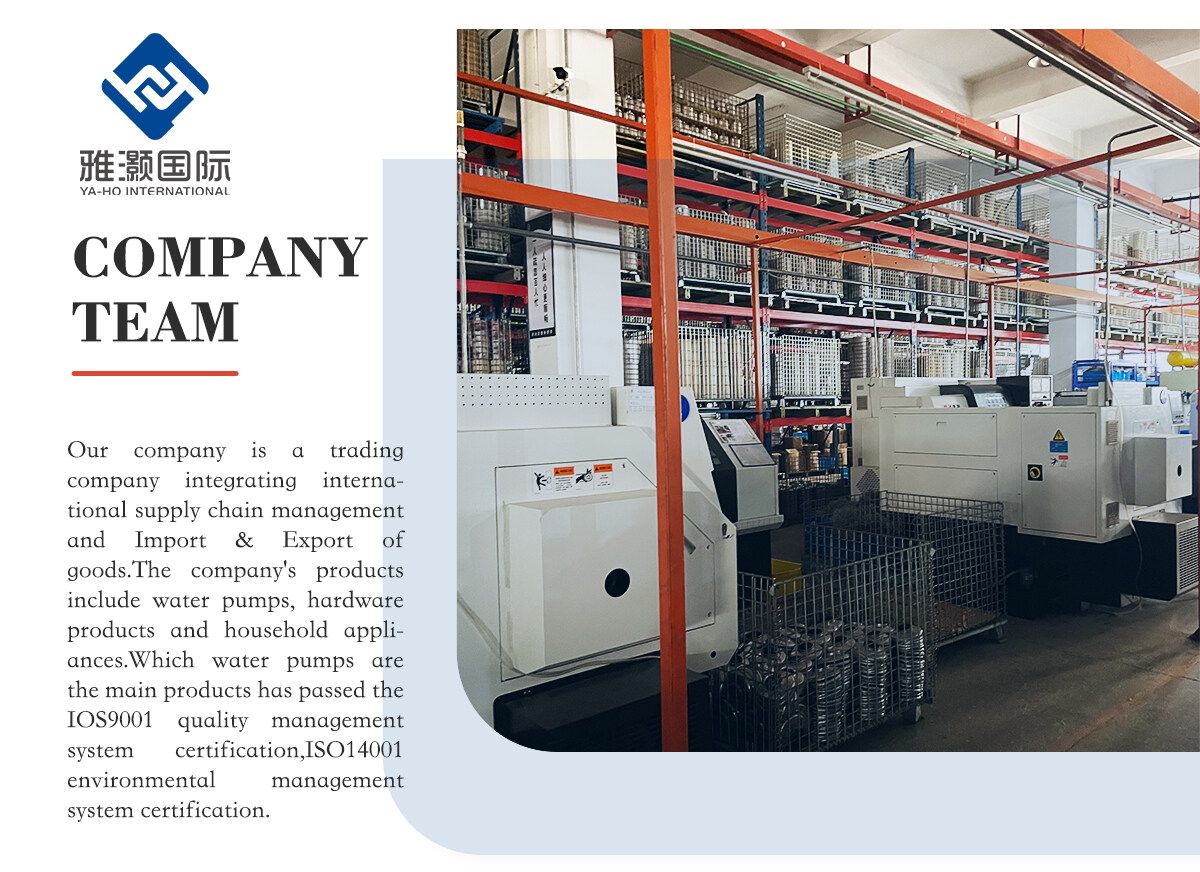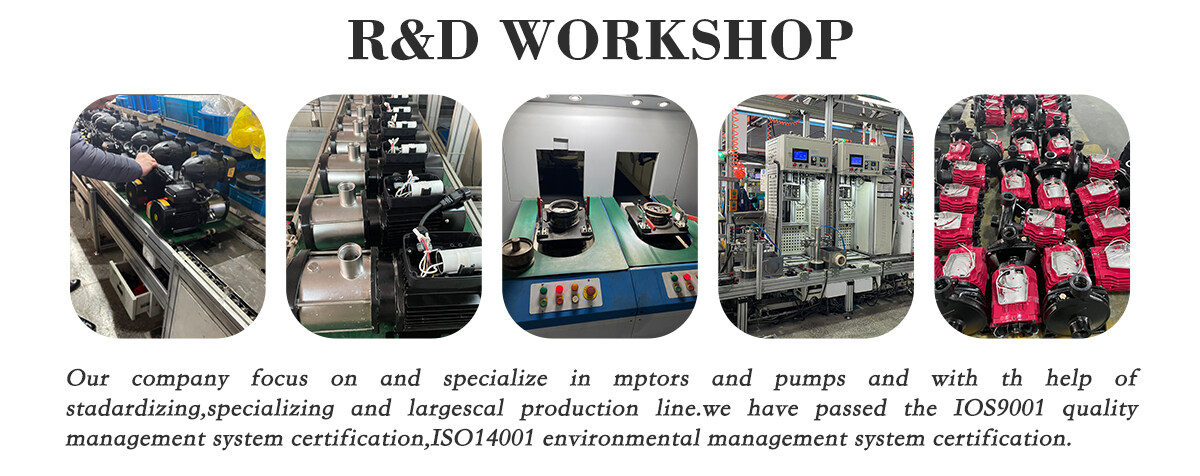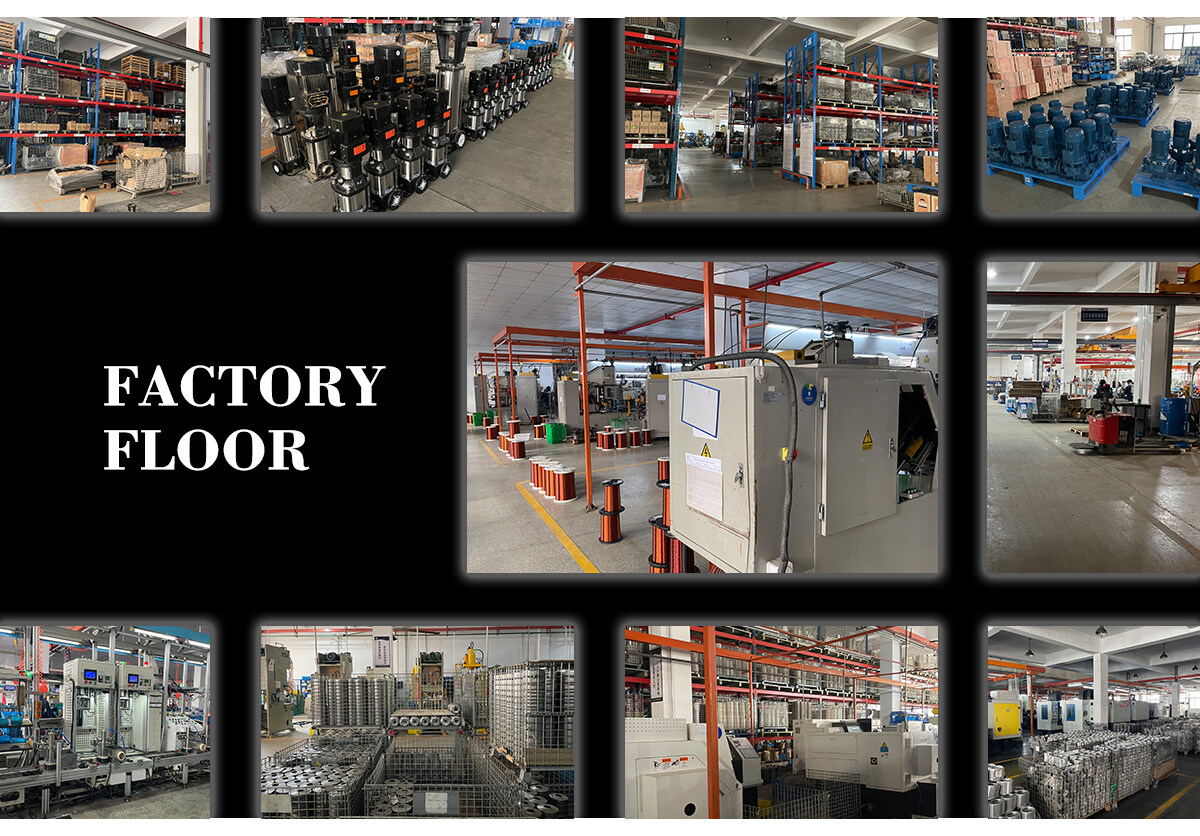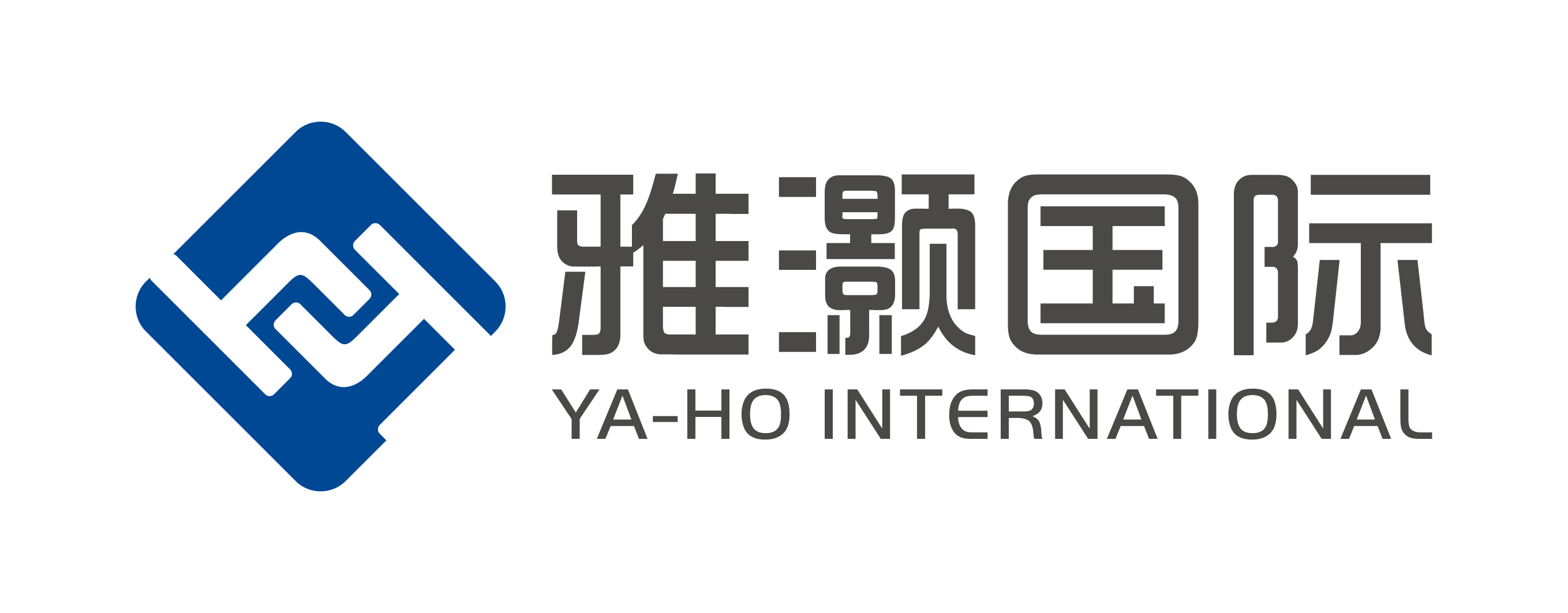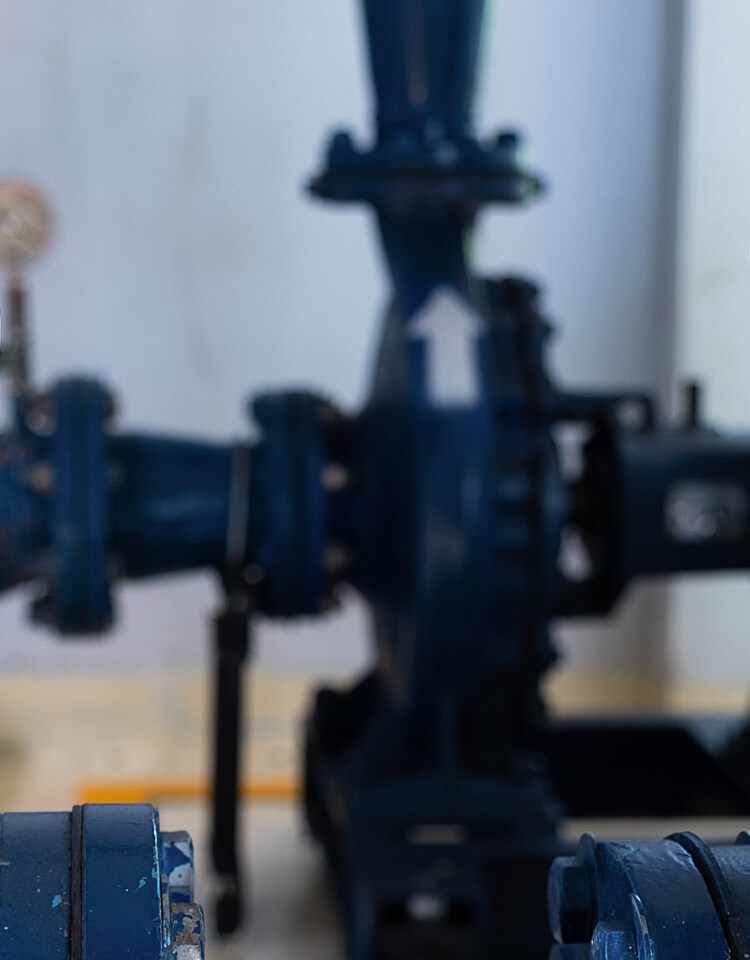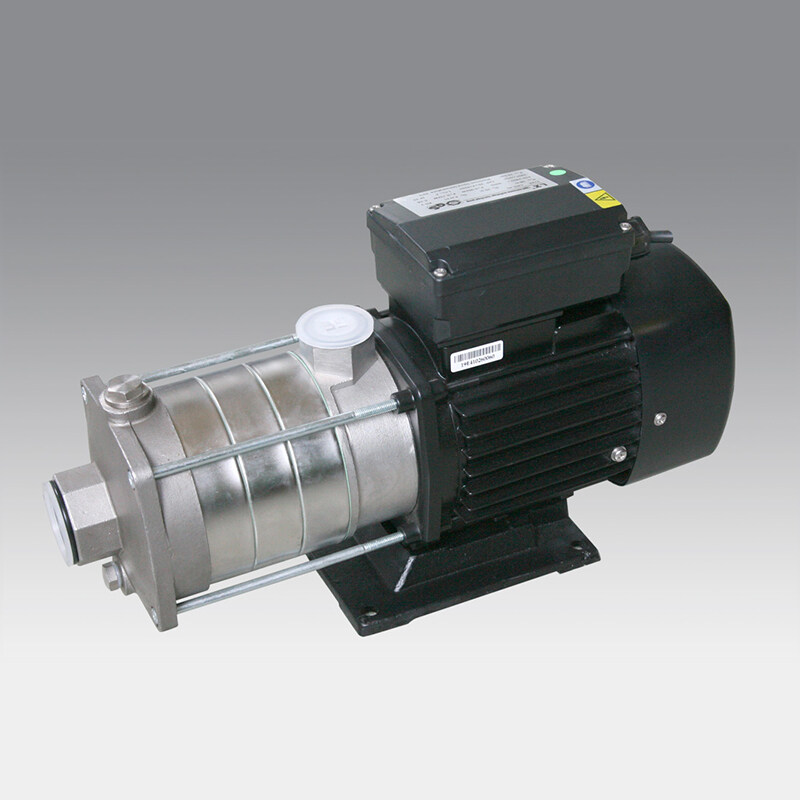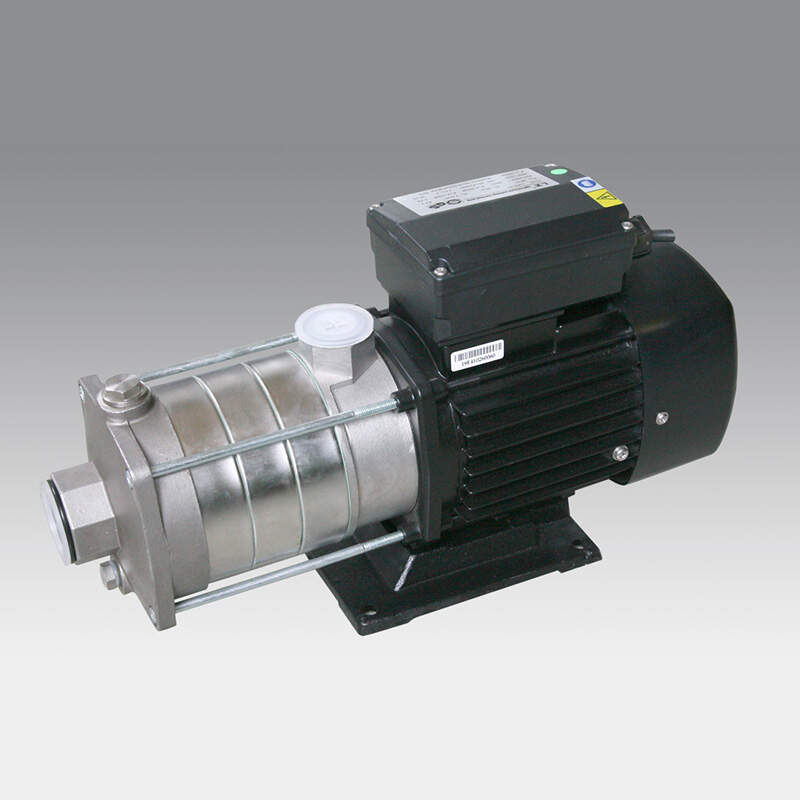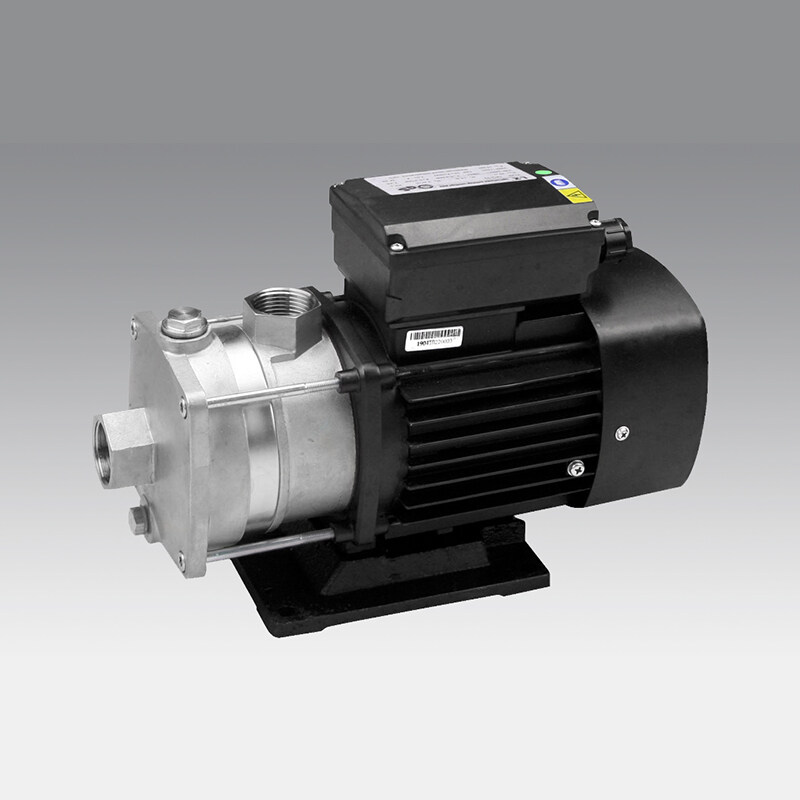Email format error
Email cannot be empty
Email already exists
6-20 characters(letters plus numbers only)
The password is inconsistent
Email format error
Email cannot be empty
Email does not exist
6-20 characters(letters plus numbers only)
The password is inconsistent

Stainless Steel Horizontal Centrifugal Pump CMF2-60 50HZ
A centrifugal pump is a pump that transports liquid by the centrifugal force generated by the rotation of the impeller. Before the pump starts, the pump casing and the suction pipe must be filled with water, and then the motor is started, so that the pump shaft drives the impeller and the water to rotate at a high speed, and the water will undergo centrifugal motion and be thrown to the outer edge of the impeller, passing through the worm pump.
The impeller of the centrifugal pump is arranged radially from the center of the pump. When the impeller rotates at high speed, the water or other liquid inside the pump chamber is forced to flow through the channels along with its radial direction. The flow channel of the shell flows into the pressurized water line of the pump.
Product parameters
| 50Hz | |||||||||
|---|---|---|---|---|---|---|---|---|---|
| Model | Model | Driving motor P2(KW) | Q (m3/h) | 1.0 | 1.5 | 2.0 | 2.5 | 3.0 | 3.5 |
| CMF2-50 | CHL2-50 | 0.55 | H(m) | 43 | 40 | 35 | 33 | 28 | 22 |
Product Description:
A centrifugal pump is a pump that transports liquid by the centrifugal force generated by the rotation of the impeller. Before the pump starts, the pump casing and the suction pipe must be filled with water, and then the motor is started, so that the pump shaft drives the impeller and the water to rotate at a high speed, and the water will undergo centrifugal motion and be thrown to the outer edge of the impeller, passing through the worm pump. The flow channel of the shell flows into the pressurized water line of the pump.
Product Features:
- Low operating cost: The main overcurrent parts are stamped from stainless steel, and the smooth overcurrent parts have high efficiency, less loss, low failure rate, and long service life of accessories, so that the whole machine has less operation and maintenance costs.
- Motor: The motor is made of aluminum alloy die-casting, which is light in weight, small in size, good in heat dissipation and beautiful. Wide voltage design and unique fan shape and hood design have the characteristics of high reliability, long life, high degree of generalization, high efficiency, low noise, good starting performance, high protection level, and high insulation level.
- No water pollution: The main flow parts are stamped from stainless steel, and have the characteristics of lightweight, cleanliness, hygiene, etc. It is an ideal green, environmentally friendly and energy-saving water pump.
- Easy maintenance: vertical pipeline structure, the inlet, and outlet are on the same level, the inlet and outlet of the pump can be installed in any position and any direction of the pipeline like a valve, and the installation and maintenance are extremely convenient.
For more information about PUMPS CMF2-60 50HZ, please kindly contact us at any time, we are glad to answer for you. If you want to order in quantity, hope that we will be your best choice.
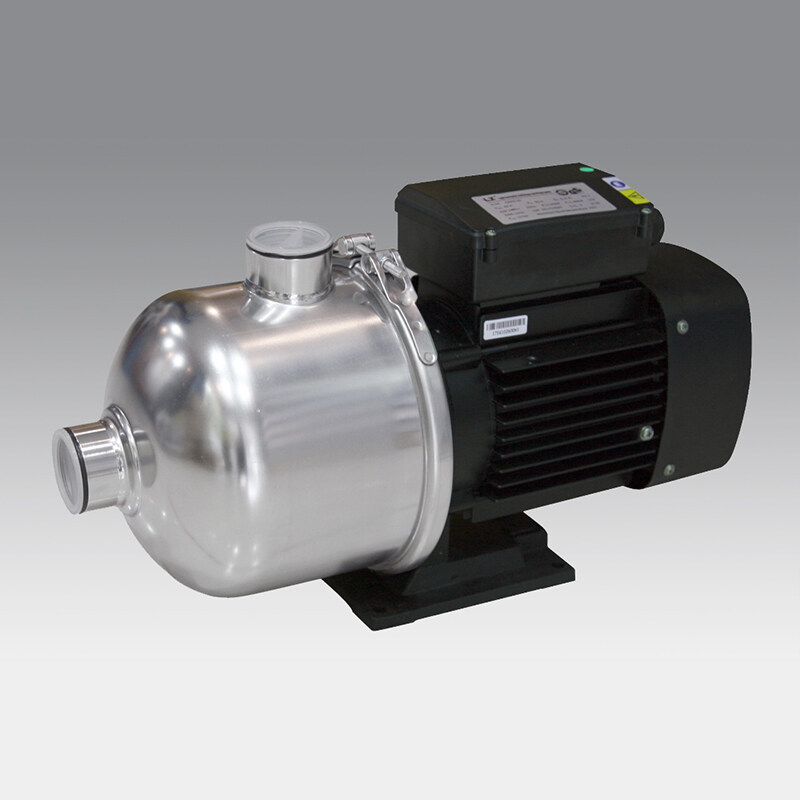
Will the water pump explode?
The answer to this question must be yes!
The explosion was not caused by impurities in the pump or a chemical reaction between the pump and material that should not appear in the pump. In fact, in such an explosion, the water in the pump is very pure - such as boiler feed water, condensate, and deionized water.
How did these explosions happen?
When the water pump is running, the inlet valve and outlet valve of the pump has been closed at the same time for some time (making the pump "idle"). Since water cannot flow out through the pump, all the energy originally used for fluid transmission is converted into heat. When the water is heated, static pressure is generated inside the pump, which is enough to damage the pump - seal damage and pump body rupture may occur.
Due to the release of the energy accumulated in the pump, such an explosion may cause serious equipment damage and personal injury. However, if the water is heated above the boiling point temperature before the pump is damaged, there may be an explosion with greater energy, because the superheated water released at this time will boil and expand rapidly, and its severity and harm are similar to the explosion of a steam boiler.
If the pump is running and the inlet valve and outlet valve of the pump are closed, this type of explosion may occur no matter what liquid the pump is delivering. Even a nondangerous fluid like water can cause serious harm. Imagine that if the fluid is flammable, the released material will catch fire, and the consequences will be more serious. It is further envisaged that if the fluid is toxic or corrosive, the released material may cause serious injury to personnel near the pump.
What can you do?
Before starting the pump, check whether all valves are in the correct position. Make sure that the valves on the designed flow path are open, while other valves, such as the drain valve and vent valve, should be closed.
If you want to start a pump remotely, such as from the control room, make sure that the pump you are about to start is ready to start. If you are not sure, you should go to the scene for inspection, or ask others to check it.
Ensure that the key steps that are critical to the safe operation of the pump, including the opening and closing positions of the valves, are included in the equipment's operating procedures and checklist.
Some pumps are automatically started - for example, when the storage tank is full, the storage tank is automatically emptied by the process control computer or liquid level control instrument. Before putting these pumps into automatic control, such as after maintenance, please ensure that all valves are in the correct position.
To prevent the pump from starting when the pipeline is blocked, some pumps are equipped with instrument protection devices - for example, interlocking of low flow, high temperature, or overpressure. Ensure that these safety systems are properly maintained and tested.
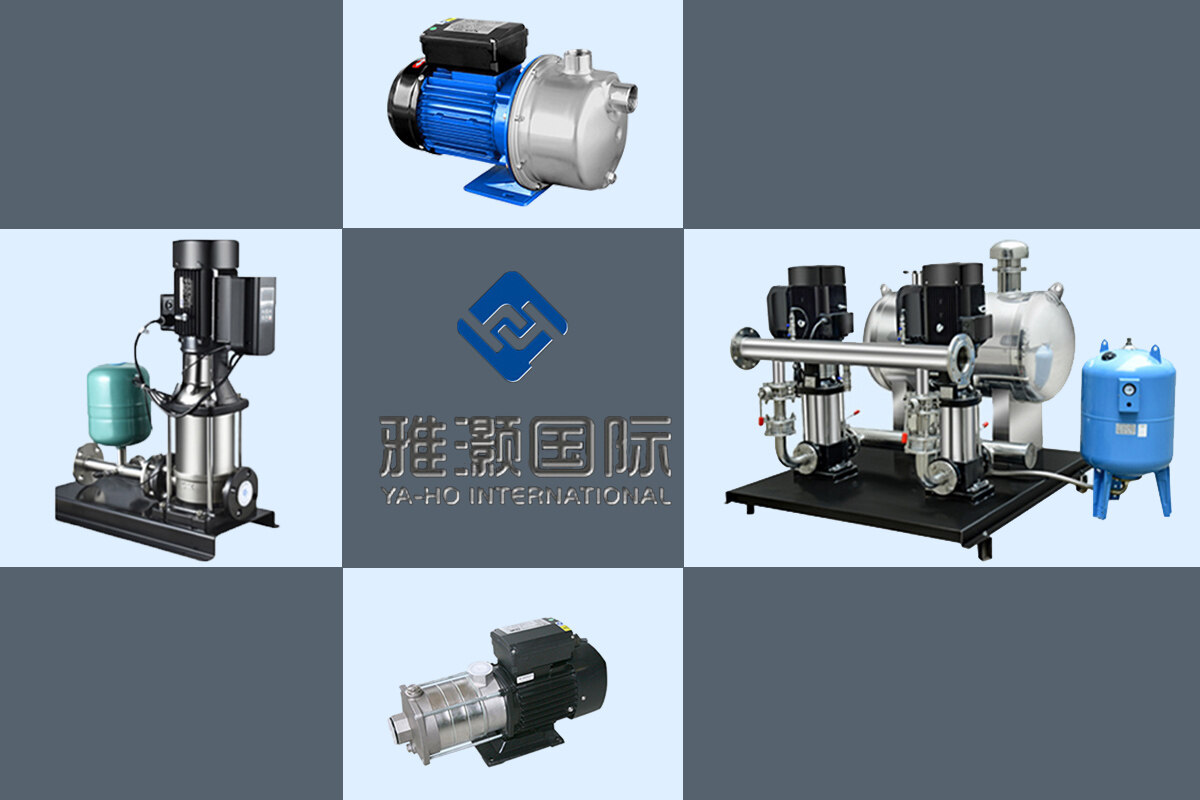
Application field
① In the production of chemical and petroleum sectors, most of the raw materials, semi-finished products and finished products are liquids, and the production of semi-finished and finished raw materials into semi-finished products and finished products needs to go through complex technological processes. During these processes, pumps play a role in transporting liquids and providing pressure flow for chemical reactions. In addition, in many installations, pumps are used to adjust the temperature.
② In agricultural production, pumps are the main irrigation and drainage machinery. my country's rural areas are vast, and a large number of pumps are needed in rural areas every year. Generally speaking, agricultural pumps account for more than half of the total output of pumps.Pumps are also the most used equipment in the mining and metallurgical industries. The mine needs to be drained by pumps, and in the process of beneficiation, smelting and rolling, pumps are needed to supply water.
③ In the power sector, nuclear power plants need nuclear main pumps, secondary pumps, and tertiary pumps, and thermal power plants need a large number of boiler feed pumps, condensate pumps, oil and gas mixing pumps, circulating pumps, and ash pumps.
④ In national defense construction, the adjustment of aircraft flaps, tail rudders and landing gear, the rotation of warships and tank turrets, and the ups and downs of submarines all require pumps. High pressure and radioactive liquid, and some also require the pump without any leakage.
⑤ In short, whether it is aircraft, rockets, tanks, submarines, drilling, mining, trains, ships, or everyday life, pumps are needed everywhere, and pumps are running everywhere. That's why the pump is listed as a general-purpose machine, which is a major product in the machinery industry.
⑥ Electric pumps, i.e. pumps driven by electricity. The electric pump is composed of a pump body, a water lift pipe, a pump base, a submersible motor (including cables) and a starting protection de
